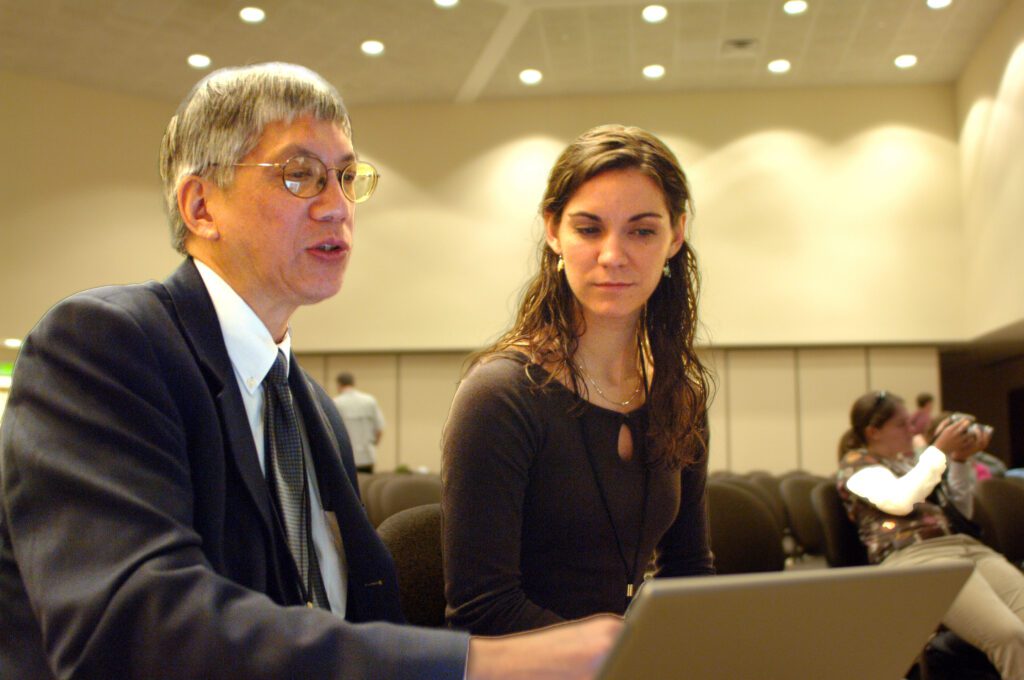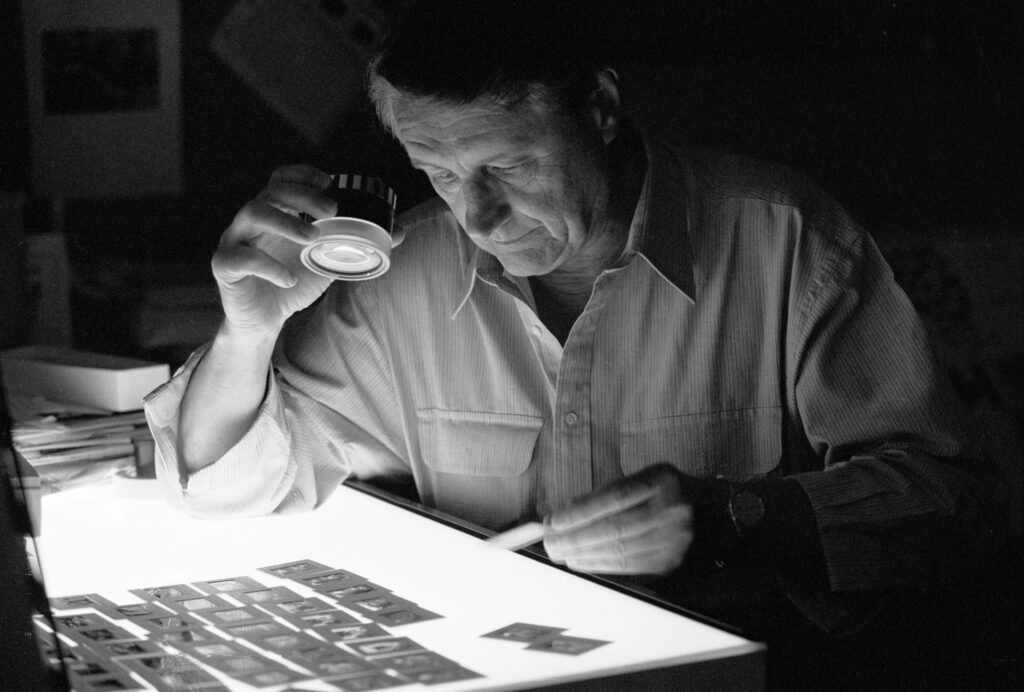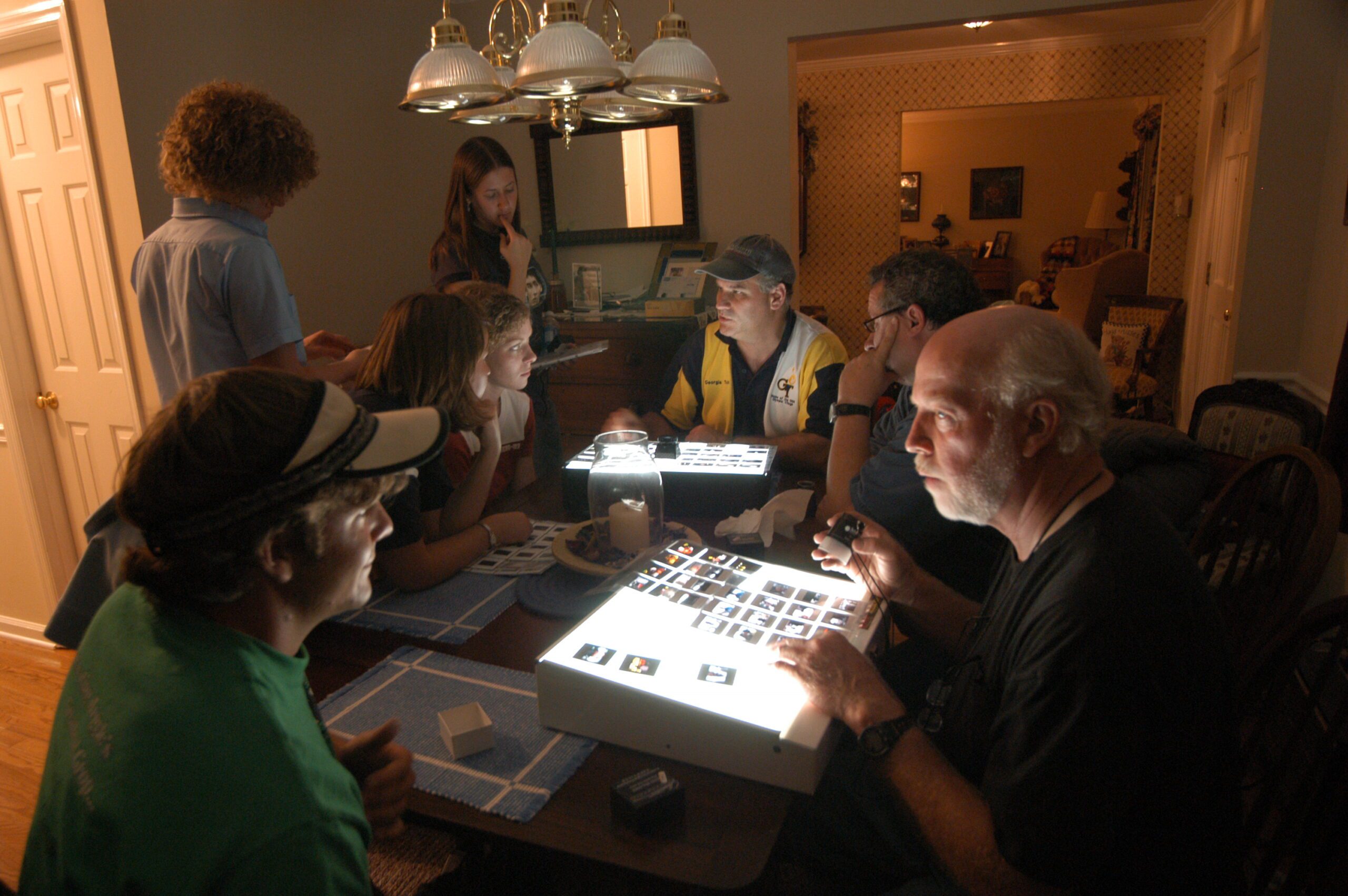My friends, you must do all you can to show that God has really chosen and selected you. If you keep on doing this, you won’t stumble and fall.
2 Peter 1:10
The portfolio review is one of the tensest times for most photographers. Most everyone we show our work to is someone we would like to work with; therefore, anything less than I would like to use you is disappointing on some level. You are exposing your soul for review.
Some photographers have devised great presentations that help package their portfolios so the editor can see the images, know the photographer’s skill and how they see and have little trouble visualizing how it would look in their publication.

In photography, there are generally stages of development. At Southwestern Photojournalism Conference, Gary Fong and Jeanie Adams-Smith reviewed on stage three different photographers: a student, a pro with less than five years of experience, and a pro with more than five years of experience.
Gary asked how long they had been shooting, and with the student, he said this is good for your experience; if you had been shooting another year, not so good. With the seasoned photojournalist, Gary and Jeanie agreed the work was professional and technically superb. They wanted to see more intimacy in seasoned photographers’ work. They pointed to one photo, a slice of life where the viewer feels like they are part of the experience and how superior this was to the rest of his work.
At some point, for the Christian photojournalist, the shaft of God’s light shines brightly on you and reveals how your portfolio is a reflection of you. Are you personable? Do you get your hands dirty and into others’ lives? Jeanie Adams-Smith told one of the photographers how their photos showed their ability to get dirty.

My mentor Don Rutledge had two skills that I admired about his photography. The photo makes you feel like you are in the room with the subjects. The other skill was how Don could make the most cluttered environment coherent and beautiful. While these are excellent, they were the only framework for the content of most of his photos—love. You would see straight into the subject’s situations and feel compassion for them or joy from their actions.
Our portfolios must “show God has chosen and selected” us. We must do everything technically the best it can be, and then we must have our father’s eyes. We need to pray God will help us see his children as he sees them.
Photojournalism, at its best, is about relationships. It shows humanity interacting with one another. By doing this at our best, the world will begin to see the world as God desires and know you are his disciple.
34But I am giving you a new command. You must love each other, just as I have loved you. 35If you love each other, everyone will know that you are my disciples.
John 13:34-35
21I want all of them to be one with each other, just as I am one with you and you are one with me. I also want them to be one with us. Then the people of this world will believe that you sent me.
John 17:21

